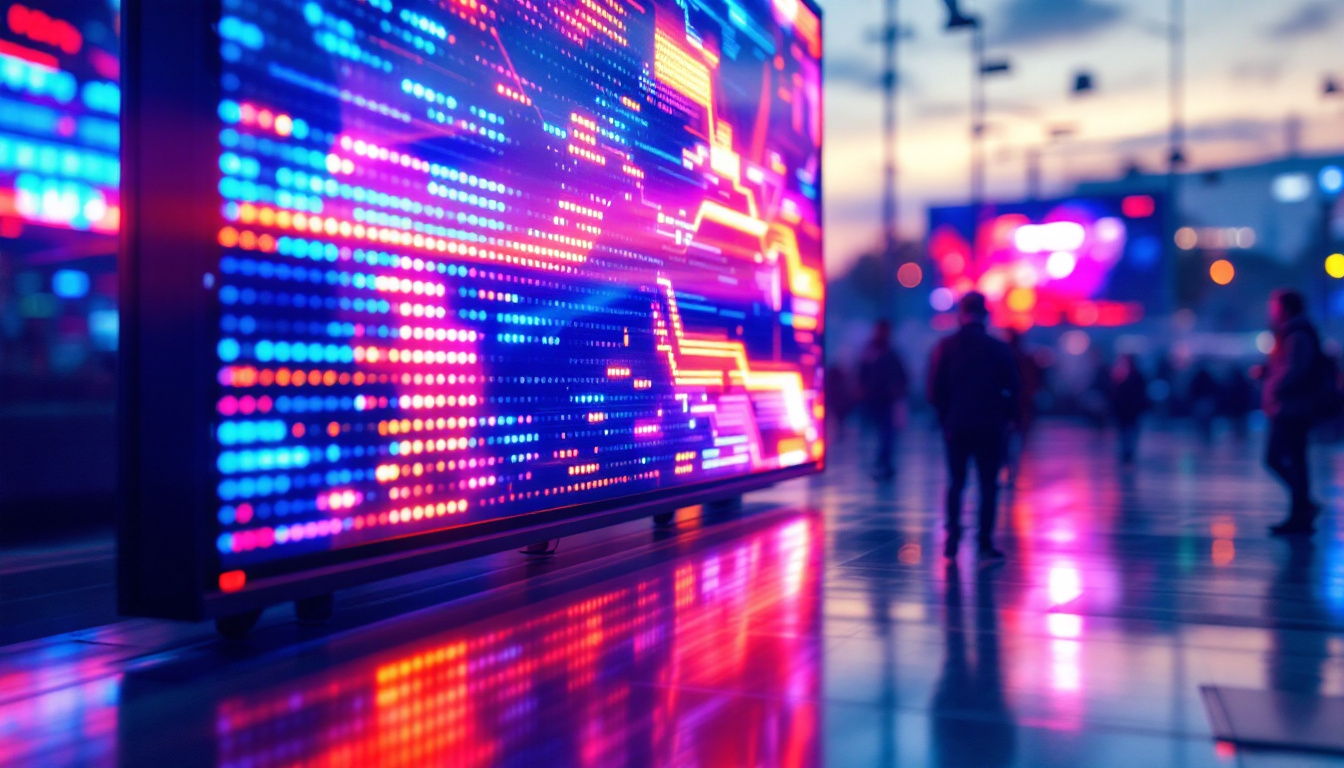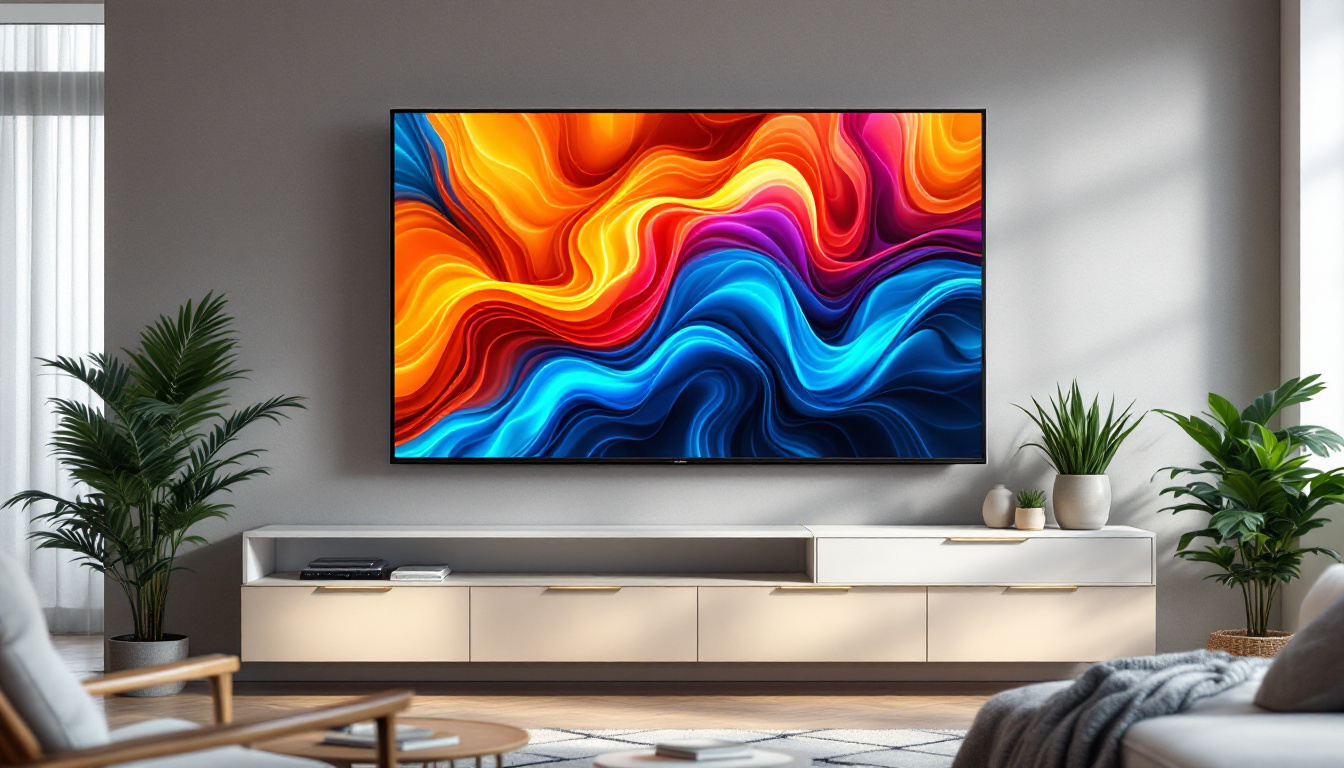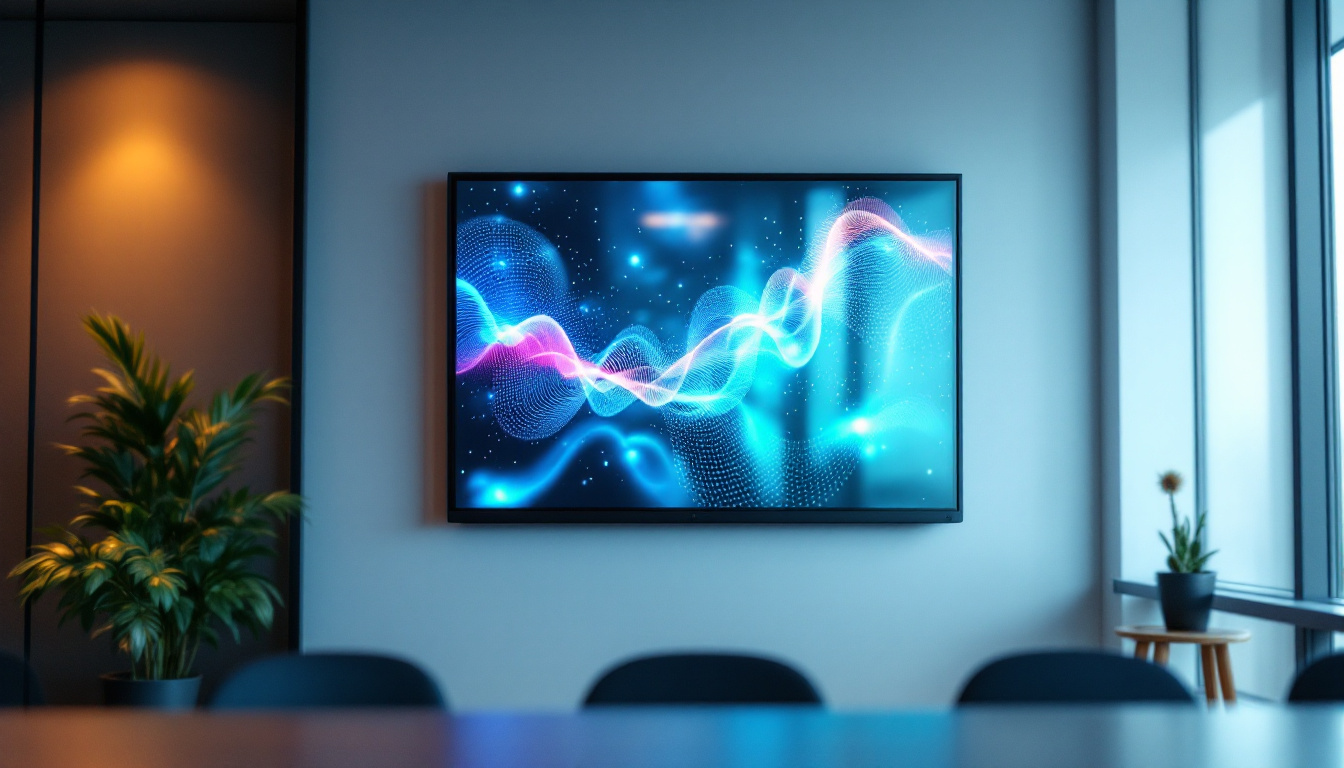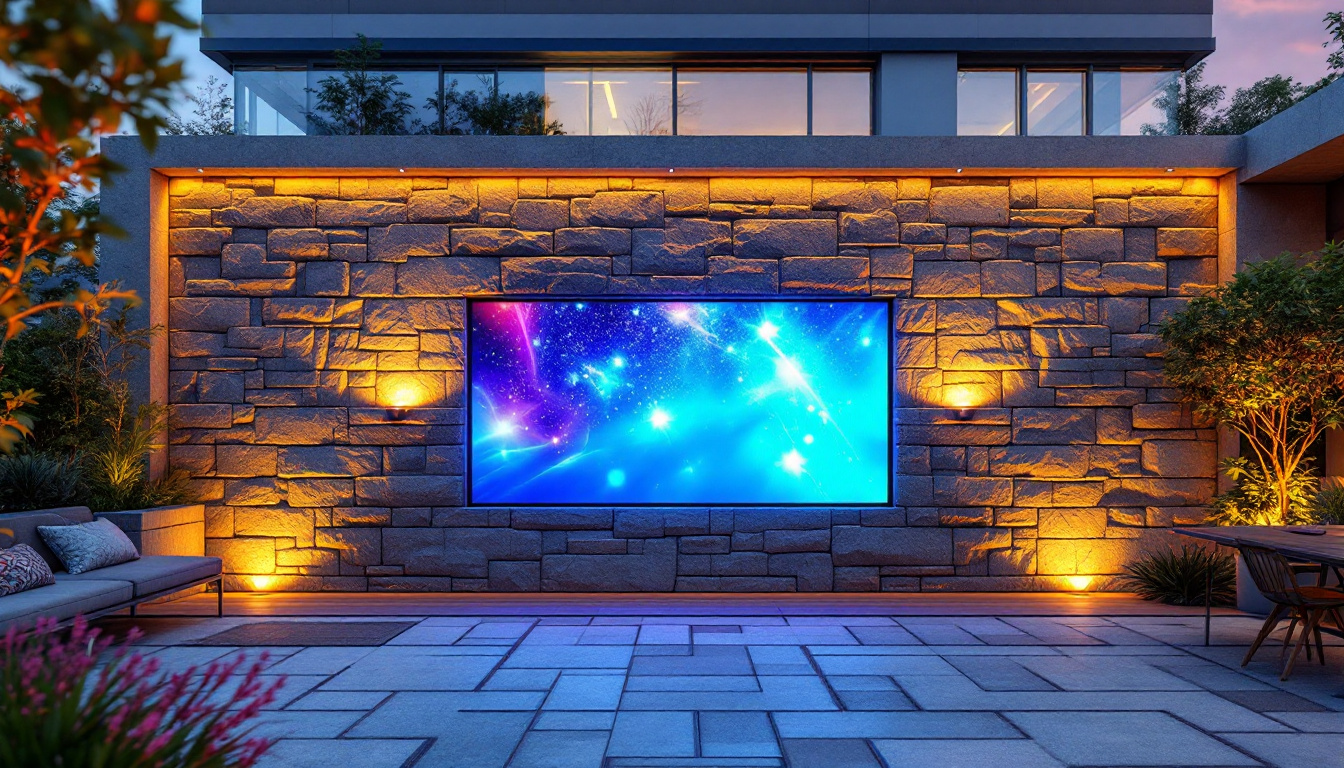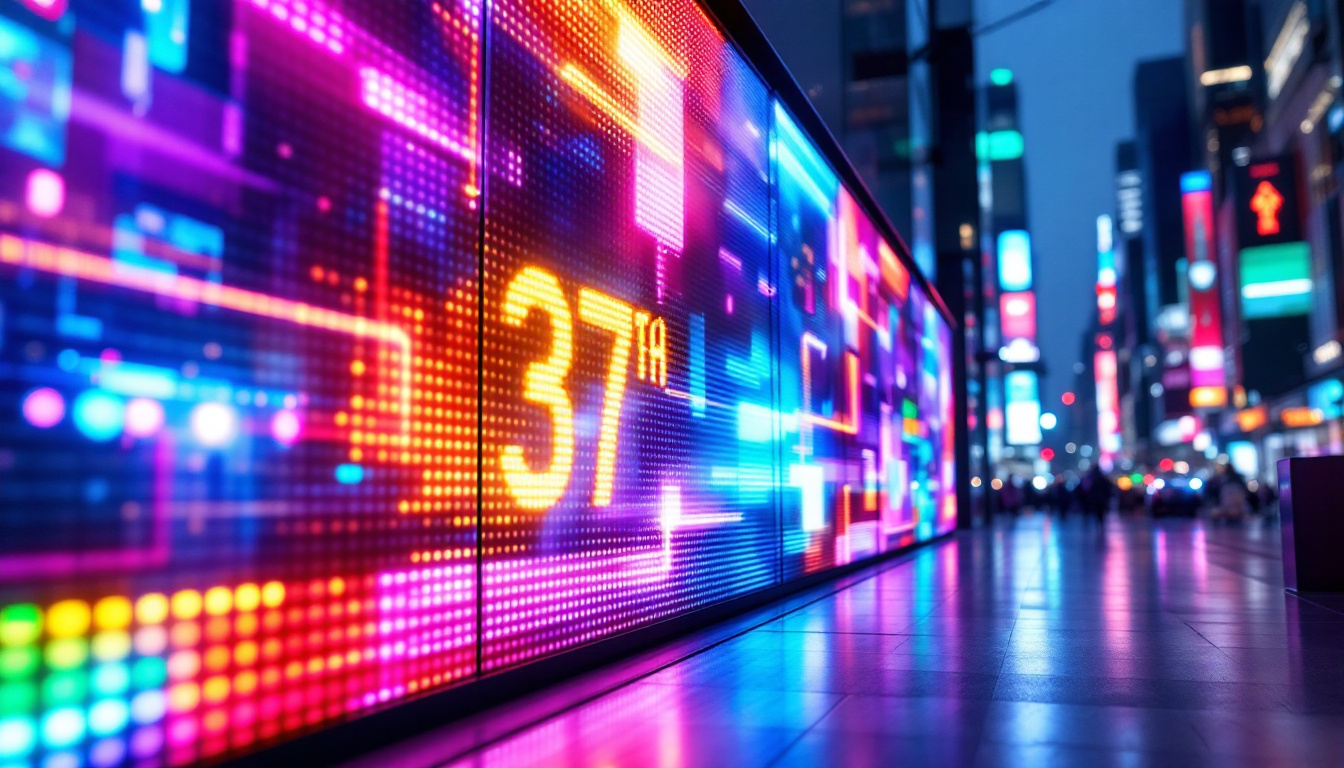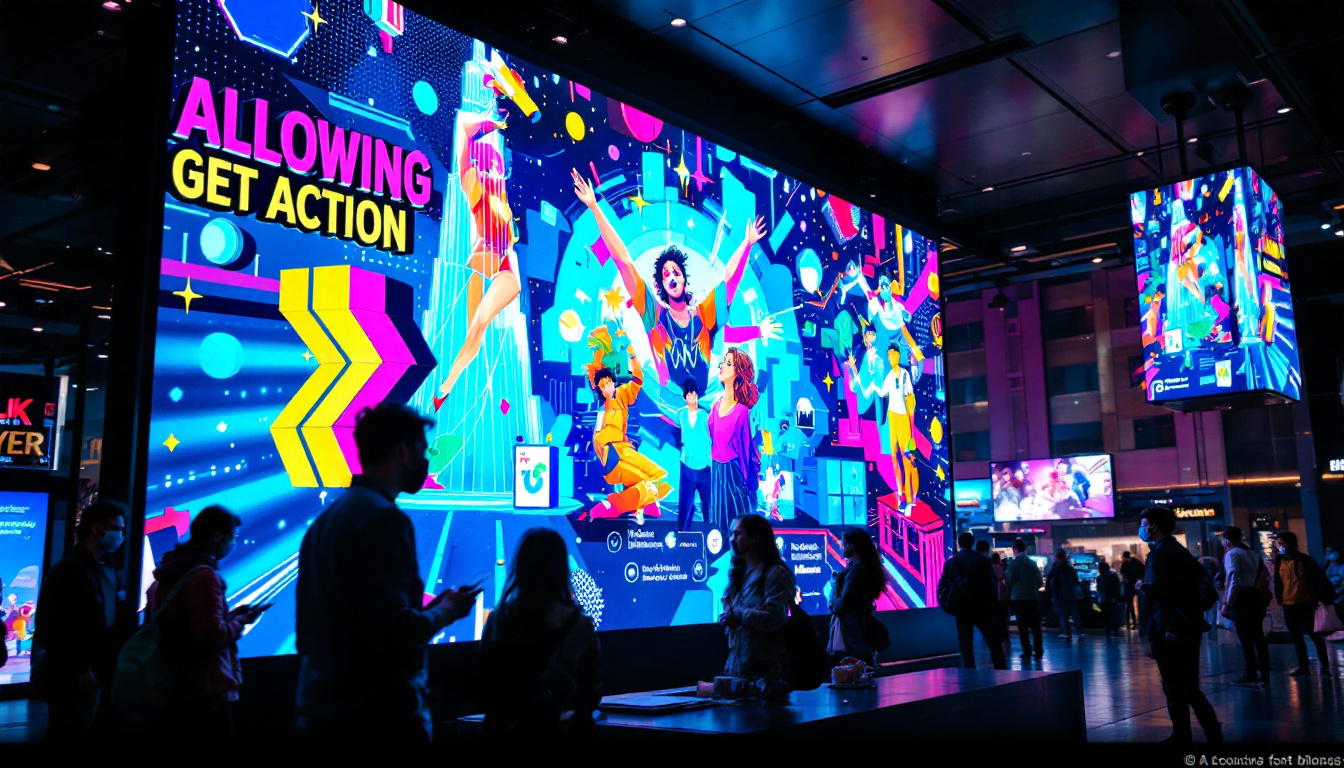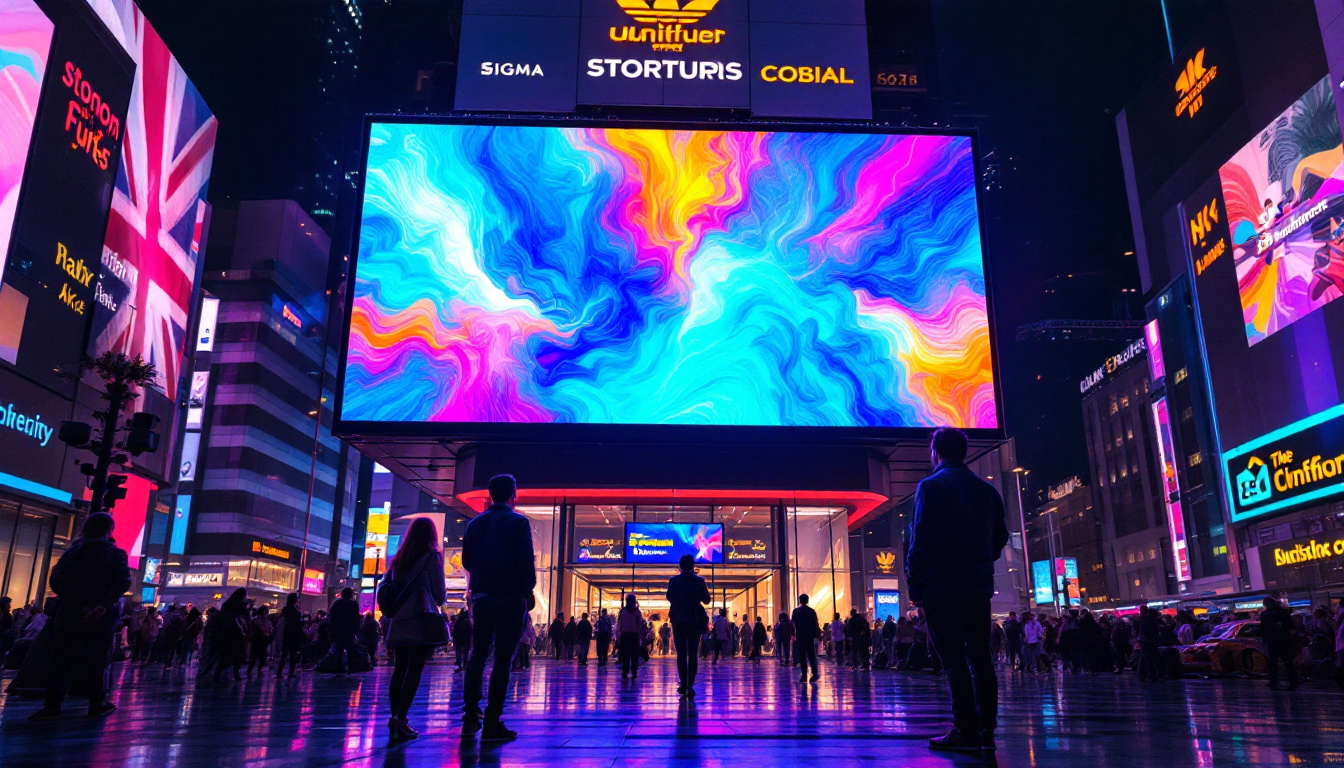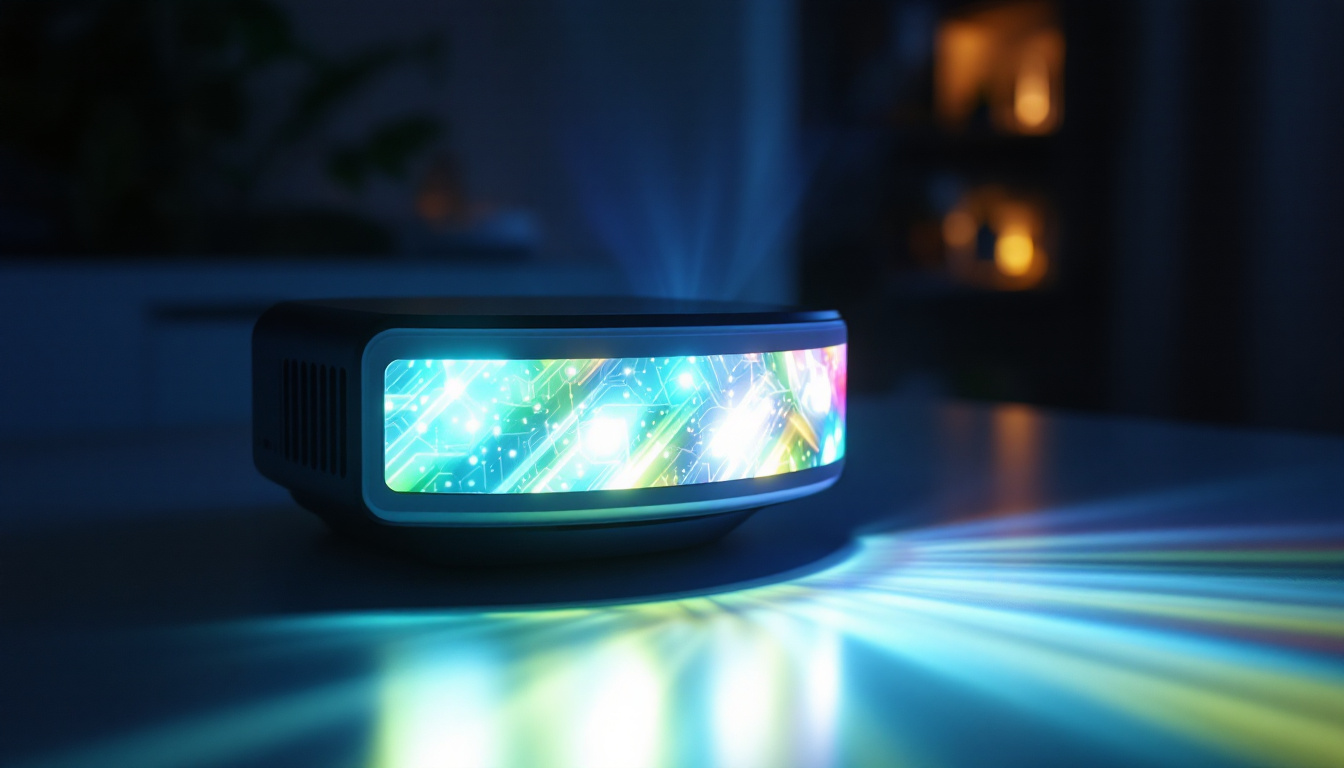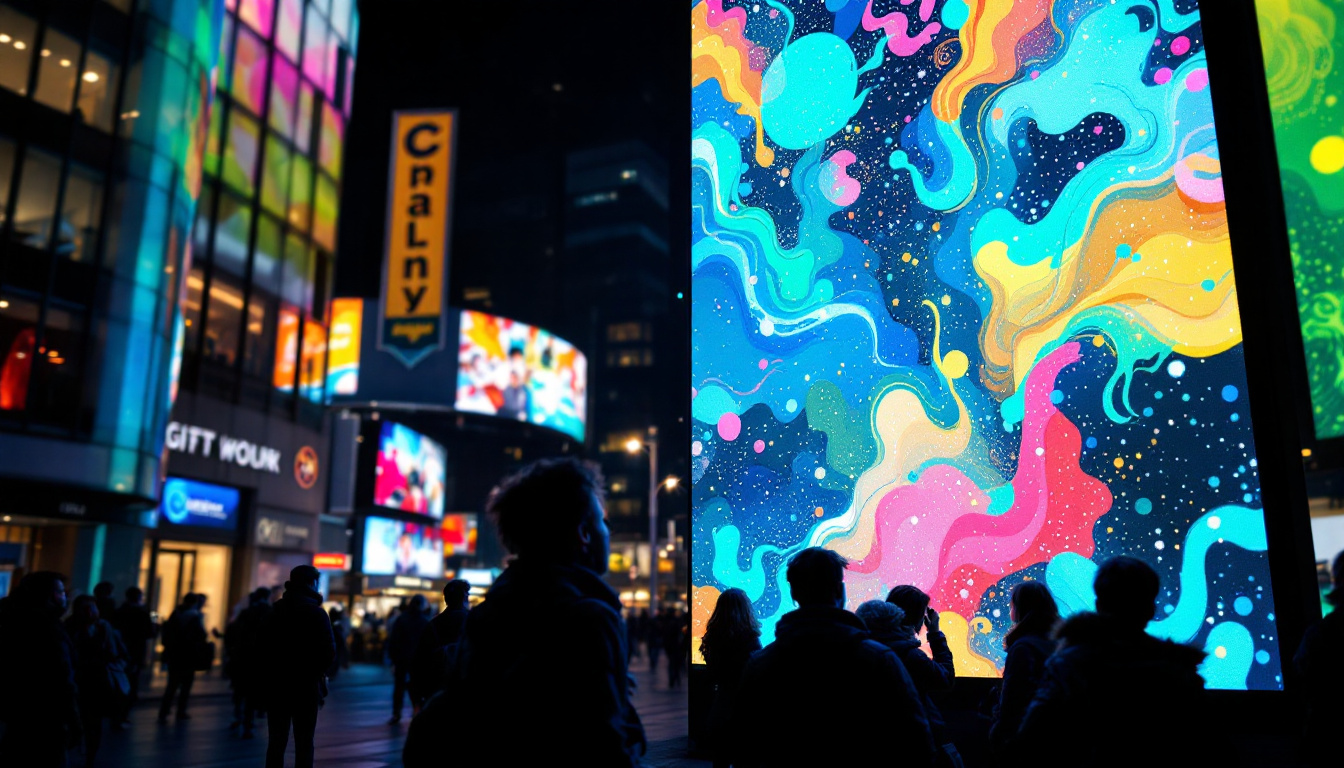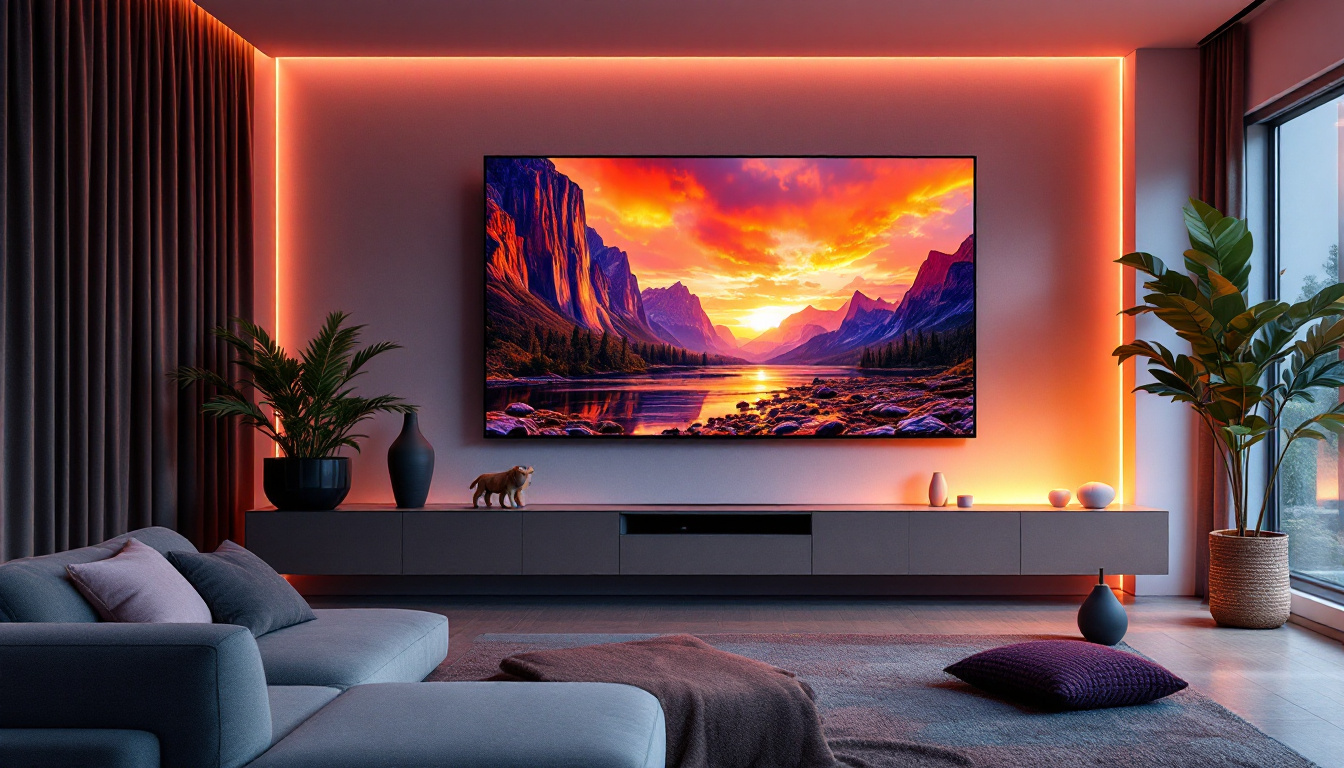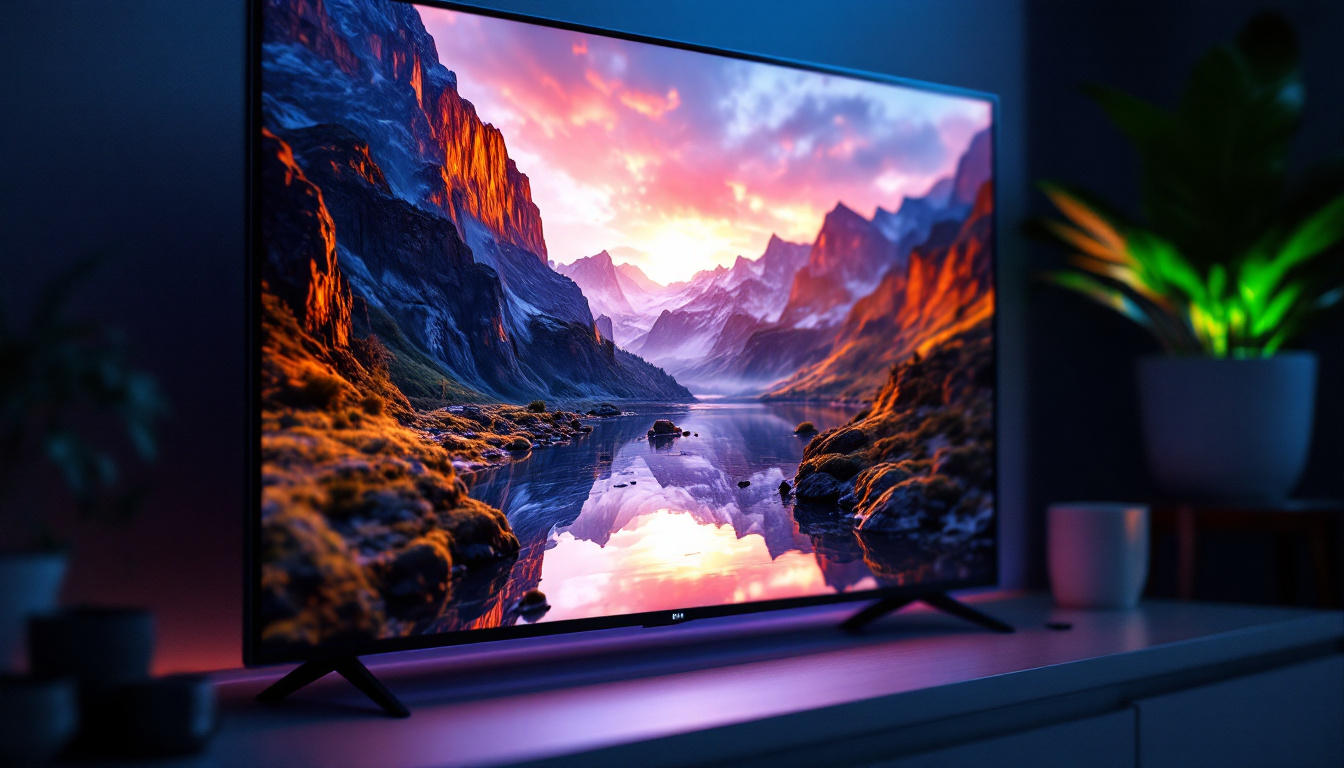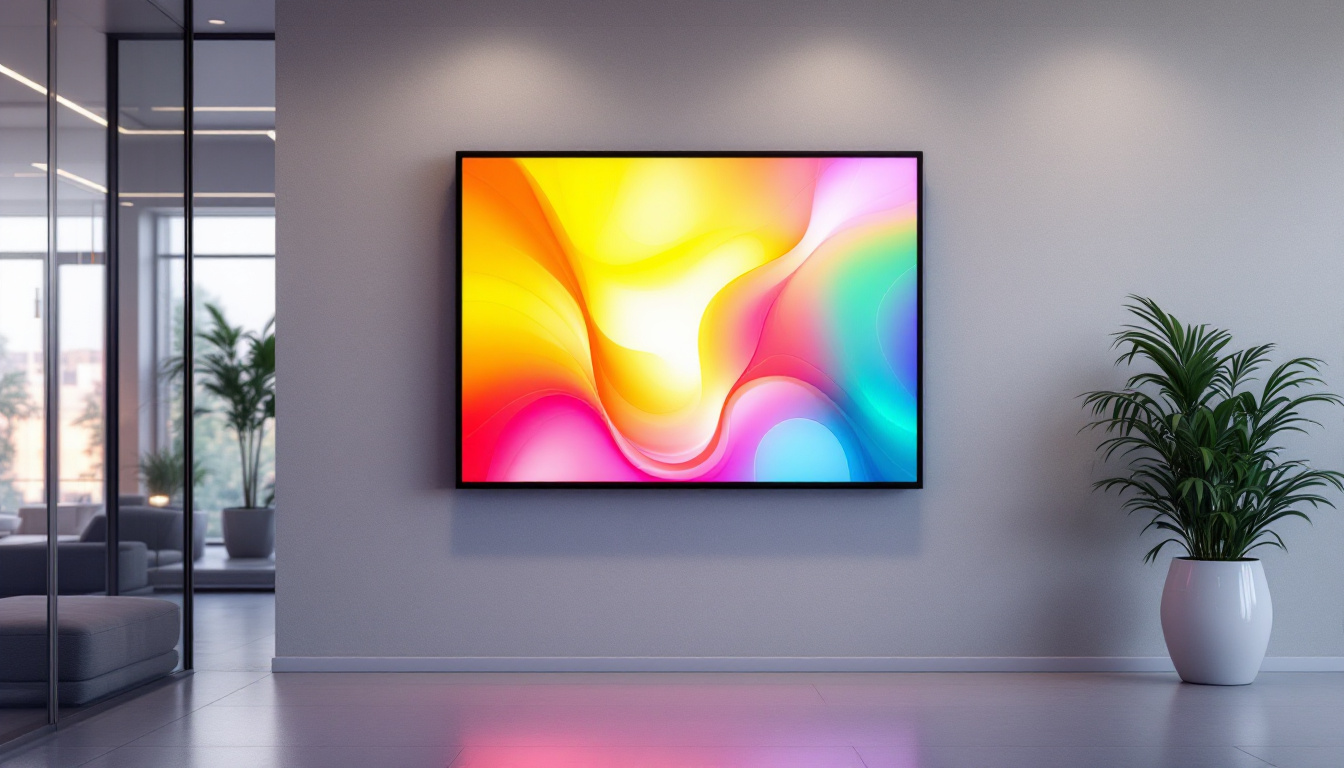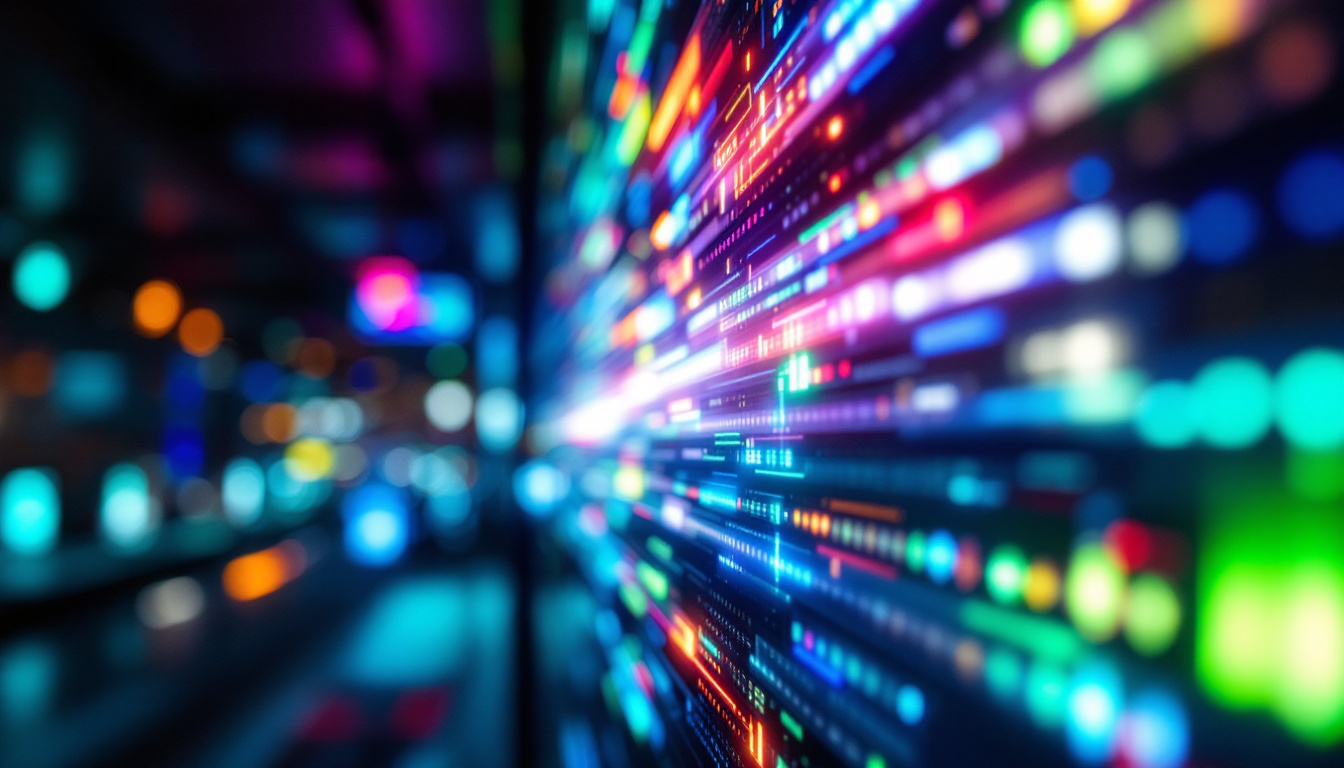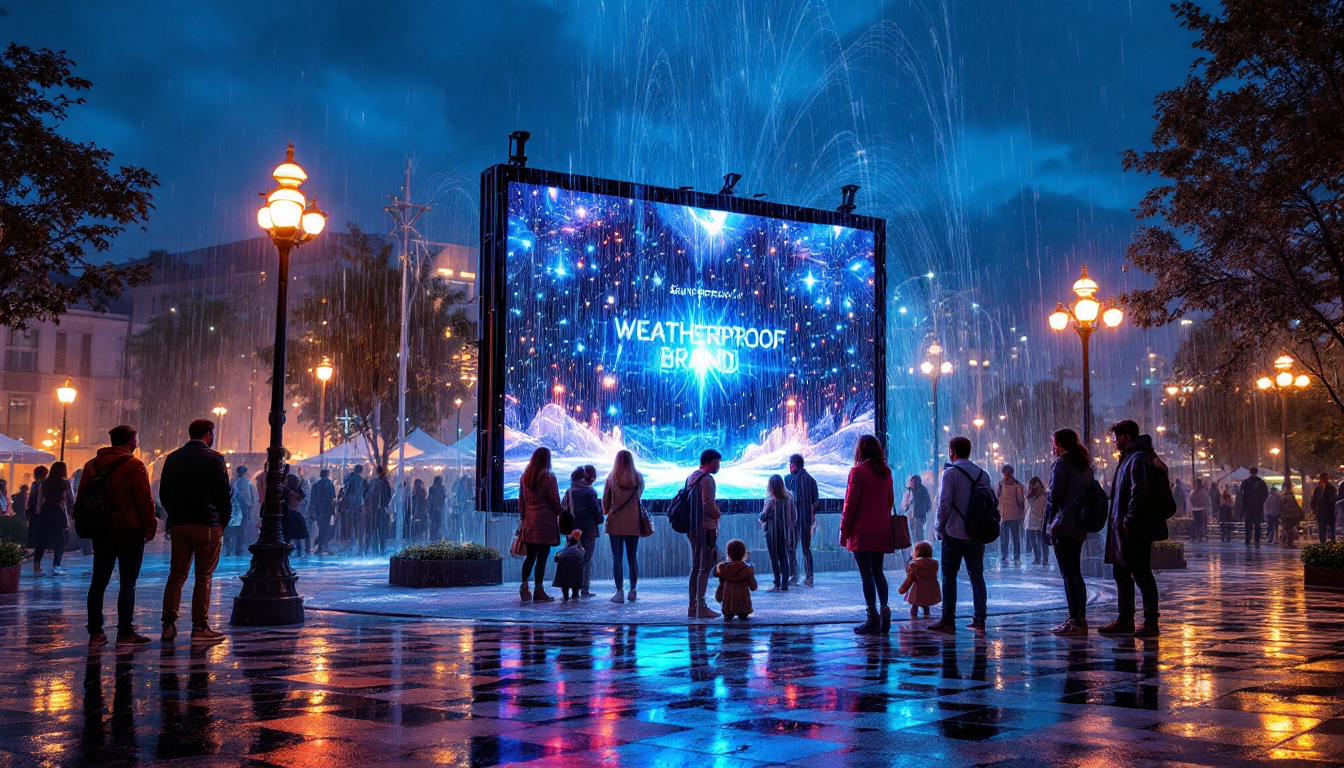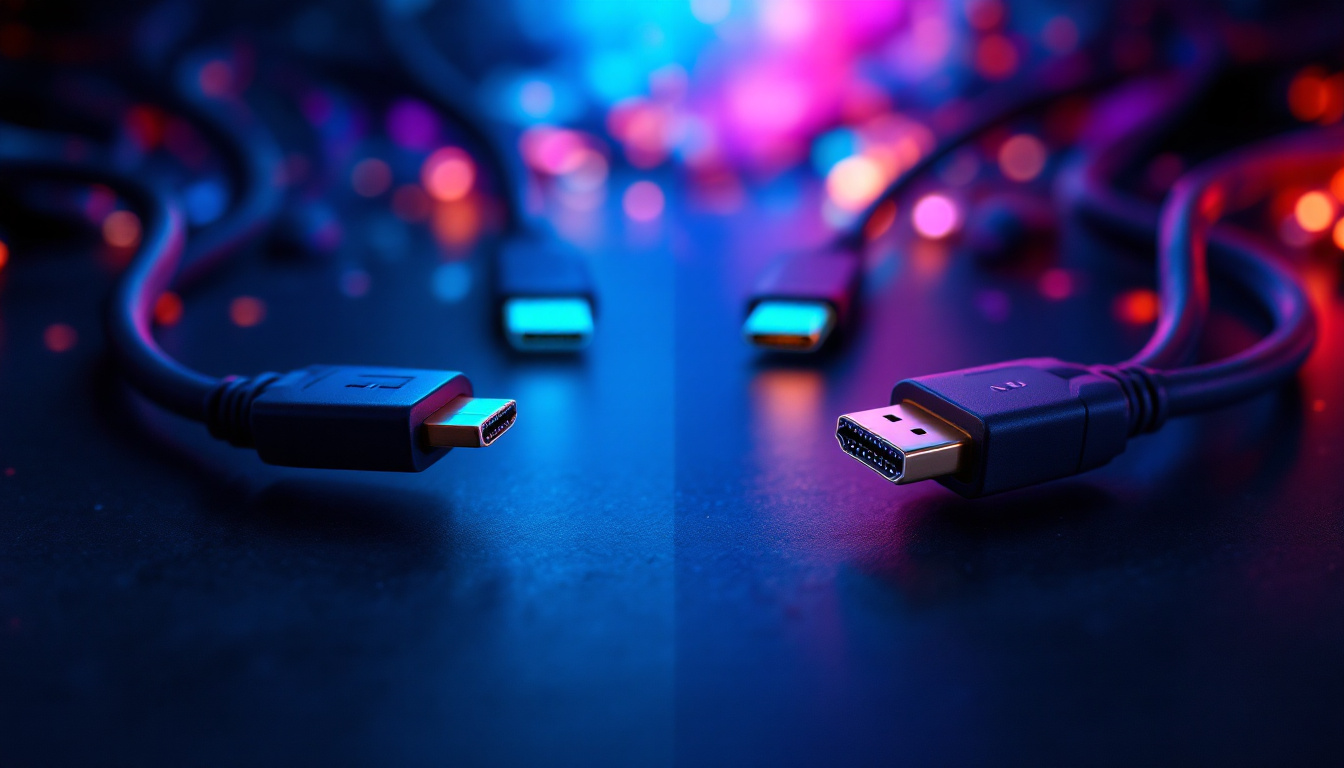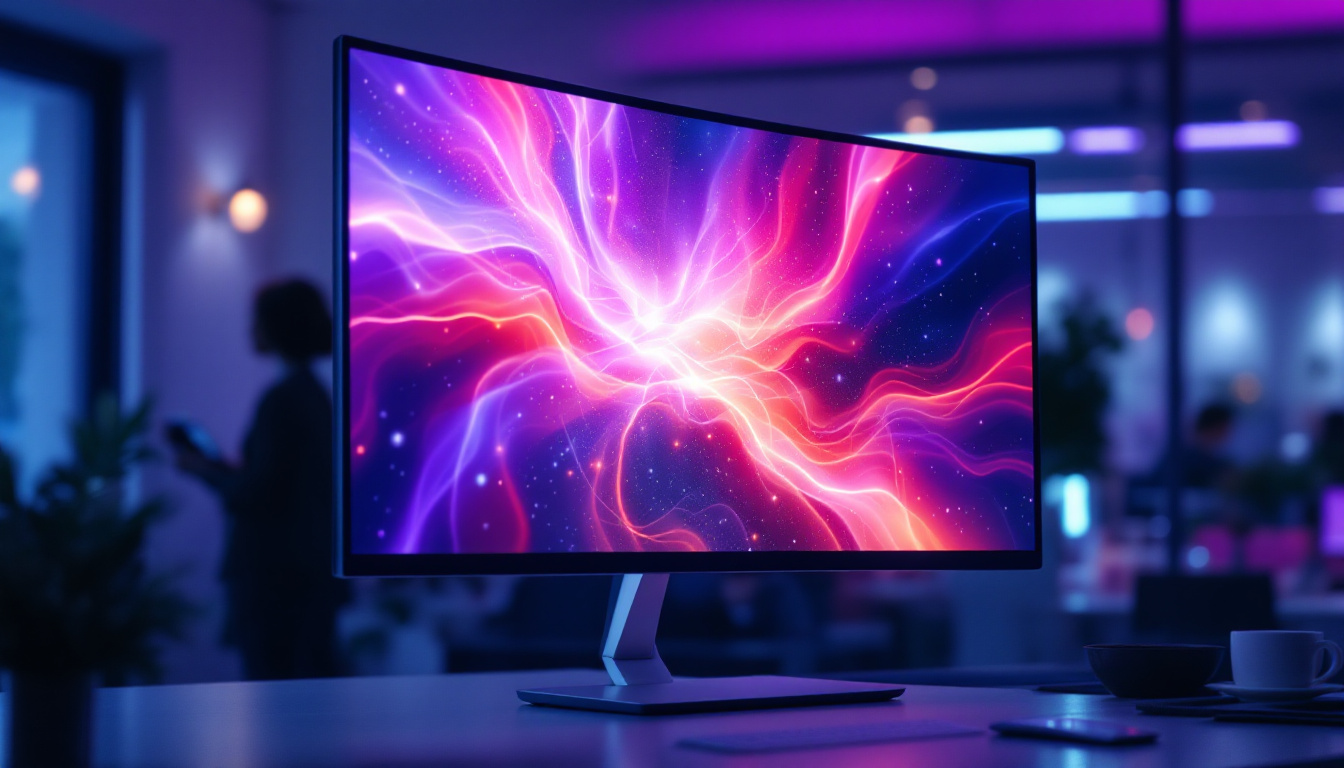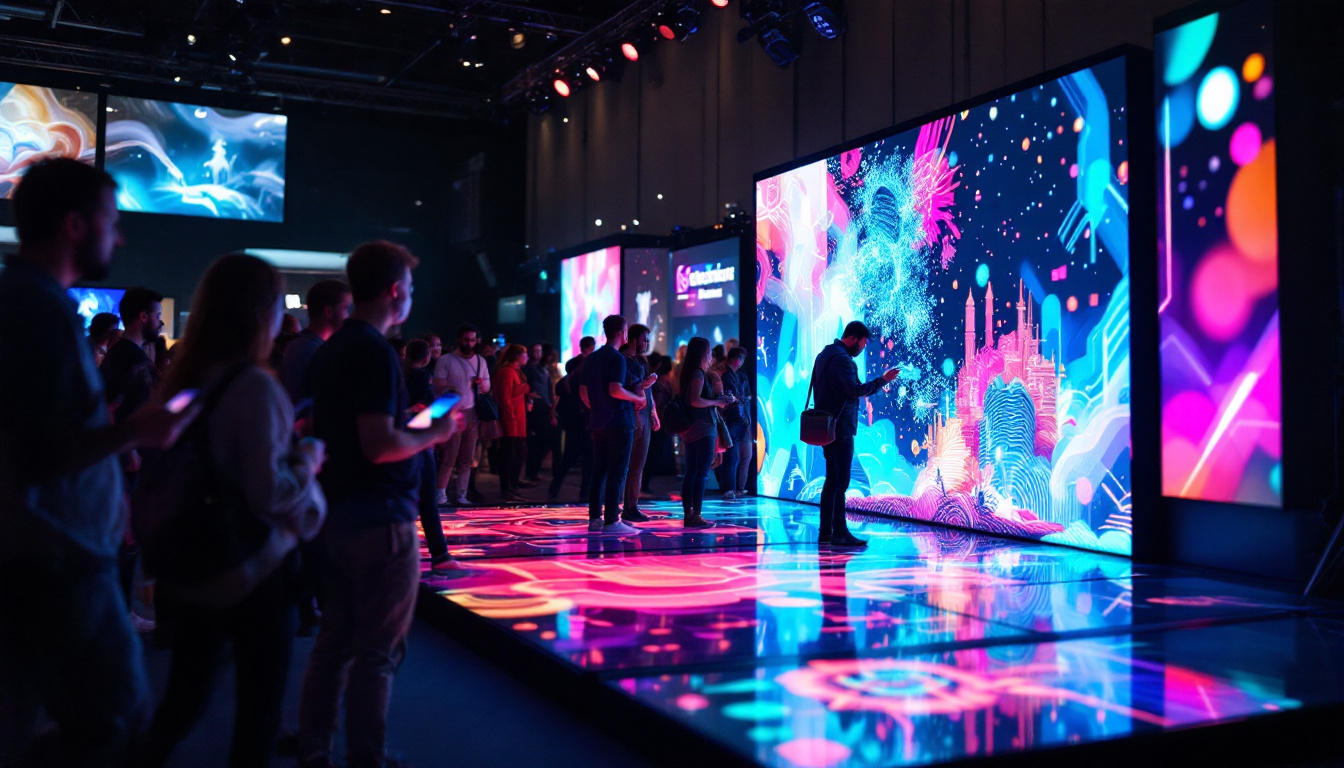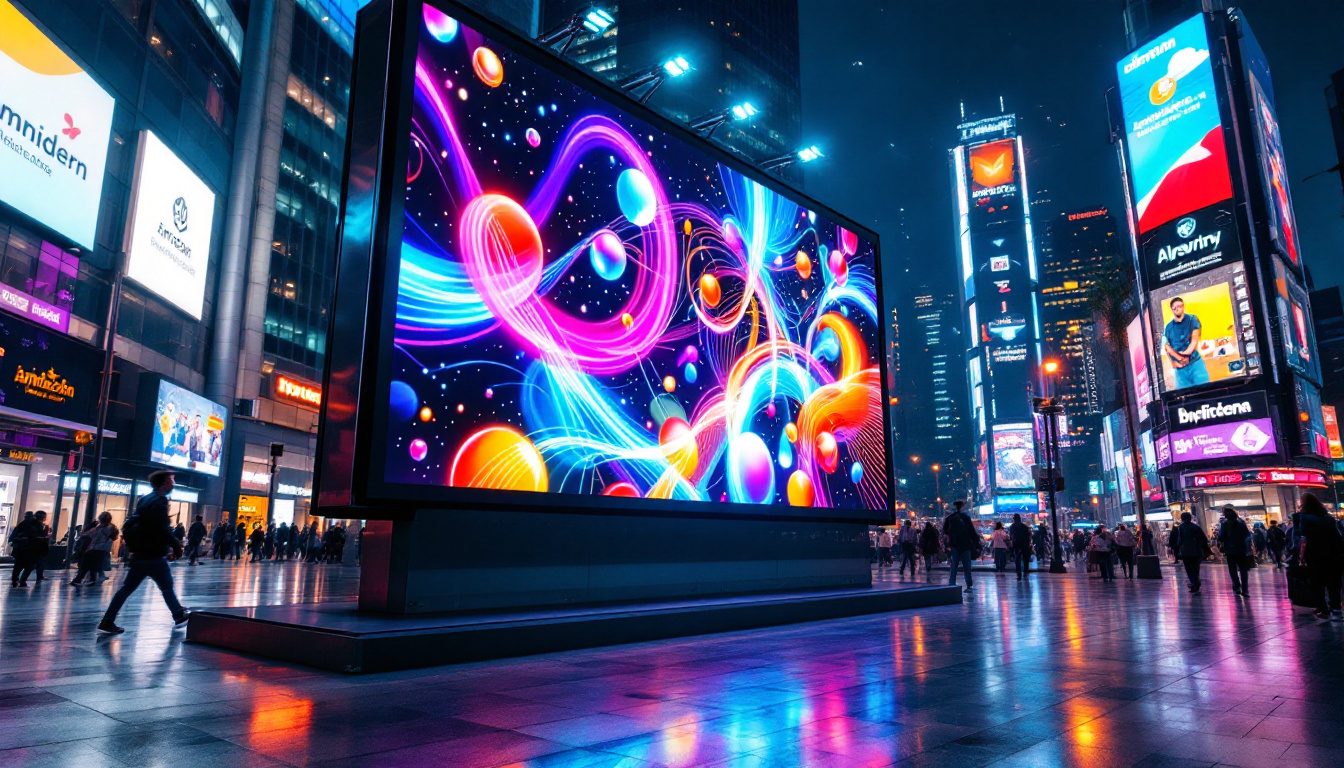In today’s fast-paced digital world, LED displays have become an integral part of our everyday lives. From billboards to smartphones, these vibrant screens are everywhere, capturing attention and delivering information in a visually appealing manner. This article delves into the intricacies of LED displays, exploring their technology, applications, advantages, and future prospects.
Understanding LED Technology
LED, or Light Emitting Diode, is a semiconductor device that emits light when an electric current passes through it. This technology has revolutionized the way displays function, offering brighter and more energy-efficient alternatives to traditional lighting methods. The efficiency of LEDs not only reduces energy consumption but also contributes to lower carbon footprints, making them a popular choice for environmentally conscious consumers and businesses alike.
The Basics of LED Operation
At its core, an LED is composed of a chip made from a combination of materials, typically gallium, arsenide, or gallium phosphide. When electricity flows through the chip, electrons recombine with holes, releasing energy in the form of photons. This process is known as electroluminescence, and it is the foundation of LED technology. The efficiency of this process is what allows LEDs to produce more light per watt compared to incandescent bulbs, which waste a significant amount of energy as heat.
LEDs can emit light in various colors, depending on the materials used in the semiconductor. By combining different colored LEDs—red, green, and blue (RGB)—it is possible to create a full spectrum of colors, which is essential for vibrant displays. This color mixing capability has enabled the development of advanced lighting solutions, such as dynamic lighting systems that can change colors based on user preferences or environmental conditions, enhancing both aesthetic appeal and functionality.
Types of LED Displays
LED displays come in several types, each serving different purposes and environments. The most common types include:
- Direct View LED Displays: These displays consist of individual LED modules that are assembled to form a larger screen. They are widely used for outdoor advertising and large events due to their high brightness and visibility. Their robust construction allows them to withstand harsh weather conditions, making them ideal for billboards and stadiums.
- LED Backlit Displays: These are traditional LCD screens that use LEDs as a backlight. They offer improved contrast and color accuracy compared to older fluorescent backlit displays. The use of LED backlighting has also led to thinner and lighter screen designs, allowing for sleeker products that are more portable and aesthetically pleasing.
- Organic LED (OLED) Displays: A newer technology that uses organic compounds to emit light. OLED displays are known for their exceptional color reproduction and flexibility, making them ideal for smartphones and televisions. Unlike traditional LEDs, OLEDs can achieve true blacks by turning off individual pixels, resulting in stunning image quality that is particularly advantageous for high-definition content.
In addition to these types, there are also specialized LED displays such as MicroLED, which offers even smaller pixel sizes for ultra-high-definition images, and transparent LED displays that can be integrated into windows and glass surfaces, providing a futuristic look while maintaining visibility. As technology continues to advance, the applications for LED displays are expanding rapidly, paving the way for innovative uses in art installations, automotive lighting, and even wearable technology.
Applications of LED Displays
LED displays have found their way into numerous industries, each leveraging the technology to enhance communication, entertainment, and information dissemination.
Advertising and Marketing
One of the most prominent applications of LED displays is in advertising. Digital billboards and signage utilize LED technology to deliver dynamic, eye-catching advertisements that can be updated in real-time. This flexibility allows marketers to tailor their messages to specific audiences and events, maximizing engagement and impact.
Moreover, the brightness and clarity of LED displays ensure that advertisements are visible even in bright sunlight, making them an effective medium for outdoor marketing campaigns. The ability to integrate motion graphics and videos into advertisements also captures the attention of passersby, leading to higher recall rates compared to traditional static billboards. As a result, brands are increasingly investing in LED technology to create memorable and interactive experiences that resonate with consumers.
Entertainment and Events
In the entertainment sector, LED displays play a crucial role in concerts, sports events, and festivals. Large-scale LED screens are used to broadcast live performances, provide information to attendees, and create immersive experiences through stunning visuals.
Additionally, LED technology enables the creation of intricate light shows and stage designs, enhancing the overall atmosphere of events. The ability to synchronize lighting with music and performances adds a unique dimension to live entertainment. For instance, during major concerts, LED displays can transform the stage into a vibrant canvas that complements the artist’s performance, often becoming a central element of the show itself. This synergy between audio and visual elements not only captivates the audience but also elevates the overall experience, making it more memorable.
Transportation and Public Information
LED displays are increasingly utilized in transportation systems, providing real-time information to commuters. Train stations, airports, and bus terminals use LED screens to display arrival and departure times, gate information, and other essential updates.
These displays are not only informative but also contribute to passenger safety by ensuring that critical information is communicated clearly and promptly. In addition to standard information, many transportation hubs are now integrating LED displays to provide alerts about delays, service changes, and even emergency announcements. This real-time communication helps to reduce confusion and anxiety among travelers, fostering a smoother transit experience. Furthermore, the use of LED technology in wayfinding systems aids passengers in navigating complex terminals, enhancing their overall journey and ensuring they reach their destinations efficiently.
Advantages of LED Displays
LED displays offer numerous benefits over traditional display technologies, making them a preferred choice in various applications. Understanding these advantages can help businesses and consumers make informed decisions when selecting display solutions.
Energy Efficiency
One of the most significant advantages of LED displays is their energy efficiency. Compared to traditional incandescent or fluorescent lighting, LEDs consume significantly less power, resulting in lower energy bills and a reduced carbon footprint. This efficiency is particularly beneficial for large installations, such as outdoor billboards, where energy costs can add up quickly.
Longevity and Durability
LED displays are known for their long lifespan, often lasting tens of thousands of hours before requiring replacement. This durability makes them a cost-effective investment for businesses, as they reduce maintenance and replacement costs over time.
Additionally, LEDs are more resistant to shock and vibration than traditional display technologies, making them suitable for a variety of environments, including outdoor settings and high-traffic areas.
High Brightness and Contrast
LED displays deliver exceptional brightness and contrast, ensuring that images and text remain clear and vibrant, even in challenging lighting conditions. This capability is particularly important for outdoor applications, where sunlight can wash out the visibility of traditional displays.
The ability to produce deep blacks and bright whites enhances the overall viewing experience, making LED displays ideal for both entertainment and informational purposes.
Challenges and Considerations
While LED displays offer numerous advantages, there are also challenges and considerations that must be addressed when implementing this technology.
Initial Costs
Despite their long-term cost savings, the initial investment for LED displays can be higher than traditional display technologies. This upfront cost may deter some businesses from making the switch, especially smaller enterprises with limited budgets.
However, it is essential to consider the total cost of ownership, including energy savings and reduced maintenance, when evaluating the financial implications of investing in LED technology.
Color Calibration and Quality Control
Ensuring consistent color calibration and quality control can be a challenge with LED displays. Variations in manufacturing processes can lead to discrepancies in color reproduction, which may affect the overall visual experience.
To mitigate this issue, it is crucial to work with reputable manufacturers and invest in proper calibration tools and techniques to maintain color accuracy across displays.
The Future of LED Displays
The future of LED display technology looks promising, with ongoing advancements and innovations set to transform the industry further.
Mini and Micro LED Technology
Mini and micro LED technologies are emerging as the next generation of display solutions. These technologies utilize smaller LEDs, allowing for higher pixel densities and improved image quality. Mini and micro LED displays offer enhanced contrast, color accuracy, and flexibility, making them suitable for a wide range of applications, from large-scale screens to compact devices.
Integration with Smart Technologies
As smart technology continues to evolve, the integration of LED displays with IoT (Internet of Things) devices is becoming increasingly common. This integration allows for real-time data sharing and remote management, enabling businesses to optimize their display content based on audience engagement and other metrics.
Furthermore, the combination of LED displays with augmented reality (AR) and virtual reality (VR) technologies is poised to create immersive experiences that blur the lines between the digital and physical worlds.
Sustainability Initiatives
With growing awareness of environmental issues, the LED display industry is also focusing on sustainability initiatives. Manufacturers are exploring eco-friendly materials and production processes to reduce the environmental impact of LED displays.
Additionally, advancements in recycling technologies for LED components are being developed, ensuring that older displays can be responsibly disposed of or repurposed, further promoting sustainability in the industry.
Conclusion
LED displays have transformed the way information is presented and consumed, offering vibrant visuals and energy-efficient solutions for various applications. As technology continues to advance, the future of LED displays holds exciting possibilities, from enhanced image quality to greater integration with smart technologies.
Understanding the fundamentals of LED technology, its applications, and its advantages can empower businesses and consumers to make informed decisions. As the industry evolves, staying abreast of trends and innovations will be essential for leveraging the full potential of LED displays in a rapidly changing digital landscape.
Explore the Future of Visual Communication with LumenMatrix
As you consider the vast potential and advantages of LED display technology, LumenMatrix invites you to experience the forefront of visual innovation. Our commitment to revolutionizing visual communication is embodied in our diverse range of LED display solutions, from Indoor and Outdoor LED Walls to specialized displays for Vehicles, Sports, and even Custom configurations. Embrace the opportunity to enhance your brand’s visibility and captivate your audience with unparalleled clarity. Check out LumenMatrix LED Display Solutions and join us in shaping the future of digital signage.

